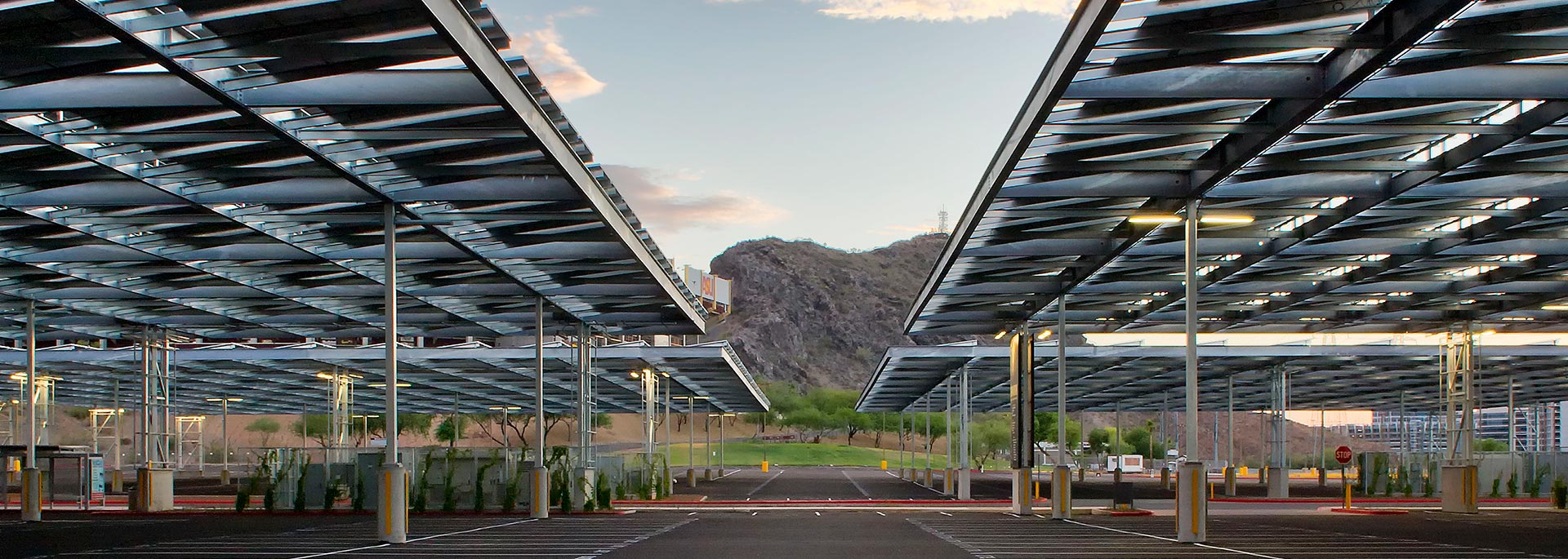
Photovoltaic Foundry
Increasing Manufacturing Capabilities in the US
Photovoltaics (PV) is a game changing technology, offering economic opportunities and new business models while simultaneously driving improvements in the energy sector, novel applications and scientific innovation. In order to capture these benefits and to drive innovation and competitiveness in US photovoltaic technology, the PV Foundry, provides advanced facilities, expertise, and foundational technologies to collaborate with industry and others to develop novel photovoltaic devices and modules.
Photovoltaics (PV) is a game changing technology, offering economic opportunities and new business models while simultaneously driving improvements in the energy sector, novel applications and scientific innovation. In order to capture these benefits and to drive innovation and competitiveness in US photovoltaic technology, the PV Foundry, provides advanced facilities, expertise, and foundational technologies to collaborate with industry and others to develop novel photovoltaic devices and modules.
PV Foundry capabilities and collaboration
The PV Foundry is a joint venture funded by the Department of Energy between Arizona State University (ASU) and the Georgia Institute of Technology (GT) to provide full wafer fabrication and testing capabilities of current state of the art passivated contact technology. Key aspects of the PV Foundry include:
- Routine fabrication of full wafer HJT and TOPCON cells.
- Collaboration with industrial partners solve the key challenges.
- Optimize and supply Si bottoms cells for tandem development.
- Expand educational programs with the focus on manufacturing, including new training program from operators and process engineers.
PV Foundry impact
(1) Accelerate and advance innovations in the US to realize commercial competitiveness by directly collaborating with developers of technology or technology components; (2) Advance US manufacturing by developing approaches to innovative solutions that broadly affect the ability to manufacture in the US, and which can benefit a broad spectrum of users. The overall goal is to reduce the LCOE of US-manufactured solar cells and accelerating US PV manufacturing.

